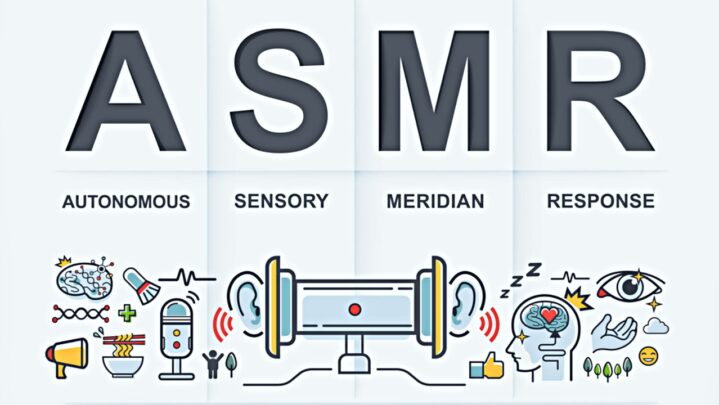ASMR (Autonomous Sensory Meridian Response) is a complicated emotional state that only a few people experience when they hear, see, or feel particular “triggers” like whispering, delicate hand movements, or light contact. These triggering cues are frequently socially intimate in nature and consist of repetitive actions and/or sounds. The term was first coined in 2010 by Jennifer Allen.
A tingling sensation is characterized as starting at the crown of the head and spreading down the neck and limbs. The tingling sensation comes in waves and is accompanied by sensations of exhilaration and relaxation, creating a “trance-like” immersed condition, as per very well mind reports.
Although not everyone experiences ASMR, we now know that those who do have some consistency in their reports. As per The conversation reports, feeling tingles while playing the guessing game of “what letter am I tracing on your back?” are classic early examples of ASMR.
Despite the fact that everyone’s tastes are different, ASMR triggers are remarkably consistent. Soft-touch, whispering, soft-speaking, intimate personal attention, delicate hand gestures, and sharp sounds, chewing loudly, page-turning, tapping, and typing, etc., are all common triggers.
Think about whether you receive “chills” or a shivery sensation in reaction to certain stimuli to determine if you have ASMR. You most likely have ASMR if you get this wonderful sensation when you hear, see, smell, or touch something.
It’s worth noting, though, that everyone reacts to triggers differently. One individual may have the sensation in response to the sound of whispering, while another may have the sensation when someone plays with their hair.
Keep reading successyeti.com
Also Read: What Is Brain Orgasm





